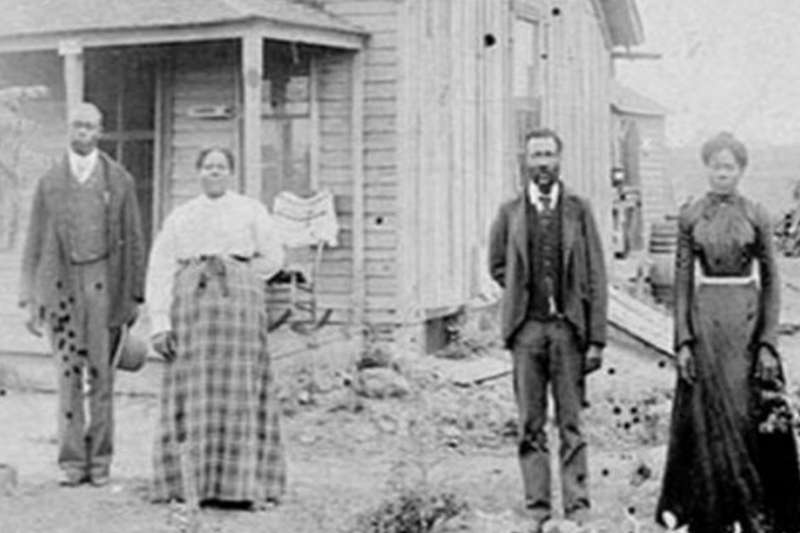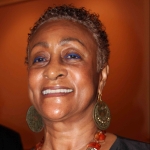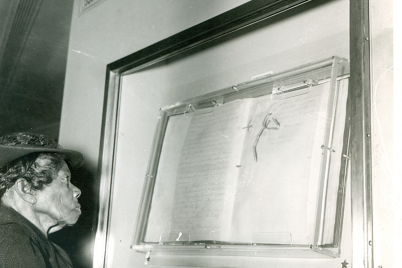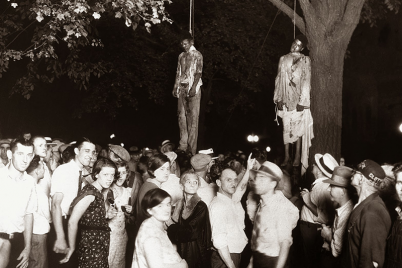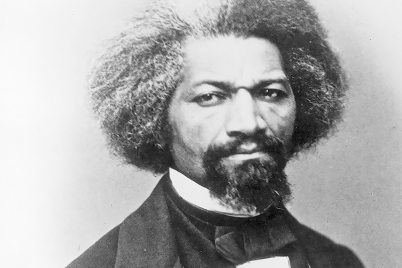Residents of the town of Ocoee, Fla., before the 1920 massacre
By Attorney Jacqueline Hubbard, President, ASALH
Ocoee, Fla., was founded in the 1850s near Starke Lake as a camp for farmworkers located close to Lake Apopka in Orange County near Orlando. It is also the scene where an estimated 70 African Americans were massacred during the early part of the 20th century.
In a 2010 article written by Paul Ortiz entitled “Ocoee, Florida: Remembering ‘the single bloodiest day in modern U.S. political history,'” he wrote, “well-organized group of paramilitaries killed and drove African Americans out of the town. Houses were torched, and refugees streamed out of western Orange County for days.”
It was Election Day, November 2, 1920, and the black residents of Ocoee were excited to cast their ballots for president. As Ortiz stated, there would have been an upheaval in the segregated South if blacks were allowed to vote.
Before the massacre, black organizations in Florida, including those in Ocoee, had been conducting voter registration drives for nearly a year. Mose Norman, a prosperous African-American farmer and voting rights activist, tried to vote but was refused and turned away twice on Election Day.
Norman went to Orlando to seek the help of Judge John Moses Cheney, a Republican running for the Florida Senate. Cheney instructed him to write down the names of all the black people who had been denied the right to vote and all of the whites who were violating the constitution.
He rode back to Ocoee and attempted to vote again with a few other black citizens. After being turned away a third time, he demanded poll workers’ names. Norman then loaded a shotgun but was overpowered, beaten, and forced to flee.
A white lynch mob was formed and started marching through the streets. The former police chief of Orlando led the bloodthirsty racists on a hunt to find Norman. They were steered in the direction of Julius “July” Perry’s home.
Perry, another voting rights activist and his family defended themselves against the mob. Defeated, the estimated 100 white men left to get reinforcements from Klan members in other counties.
Wounded from the shootout, Perry fled but was later found by the mob. He was arrested and taken to the hospital to get his wounds treated. He was eventually released into sheriff’s custody and thrown into jail, where the sheriff promptly gave over the keys to Perry’s cell.
Perry was dragged through the streets behind a car to Judge Cheney’s home where his body was hung and riddled with bullets.
Whites descended upon Ocoee from surrounding cities to engage in a frenzy of violence. The northern Ocoee black community was destroyed.
Norman escaped and was not found. The remaining African Americans in Ocoee were killed or driven out by the Ku Klux Klan and others who burned down homes, black-owned businesses, churches, schools and lodges.
Many black people who attempted to flee were shot and killed. Those who weren’t caught left behind their homes and possessions. After the massacre, Ocoee became an all-white town by the 1930 census and remained that way until 1981.
On June 21 of this year, there was a reckoning. On that date, the Equal Justice Initiative (EJI) from Selma, Ala., Truth and Justice Project, Orange County Government, Orange County History Center, Orange County Library System, and the City of Orlando held an EJI Lynching marker unveiling ceremony honoring Perry.
This coalition proclaimed that it was “A Time for Justice.” Bryan Stevenson of EJI addressed the large crowd and unveiled the monument, which now permanently sits in a prominent place in Heritage Square Park, across from the Orange County Public Library in Orlando.
Attorney Jacqueline Hubbard graduated from the Boston University Law School. She is currently the president of the St. Petersburg Branch of the Association for the Study of African American Life and History, Inc.

